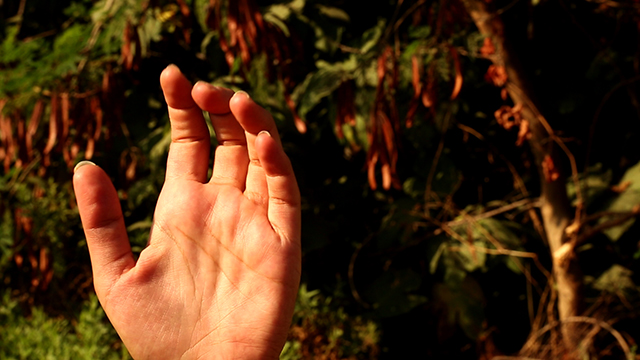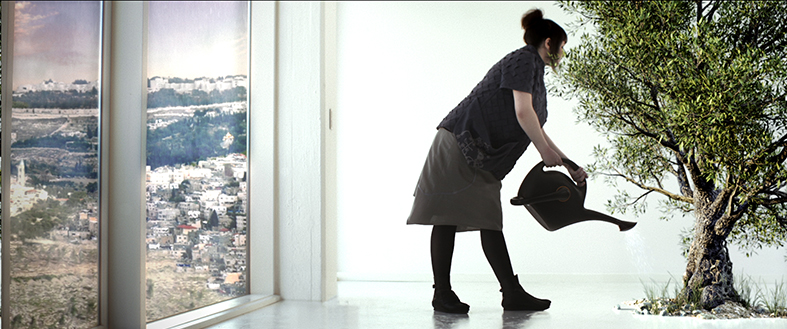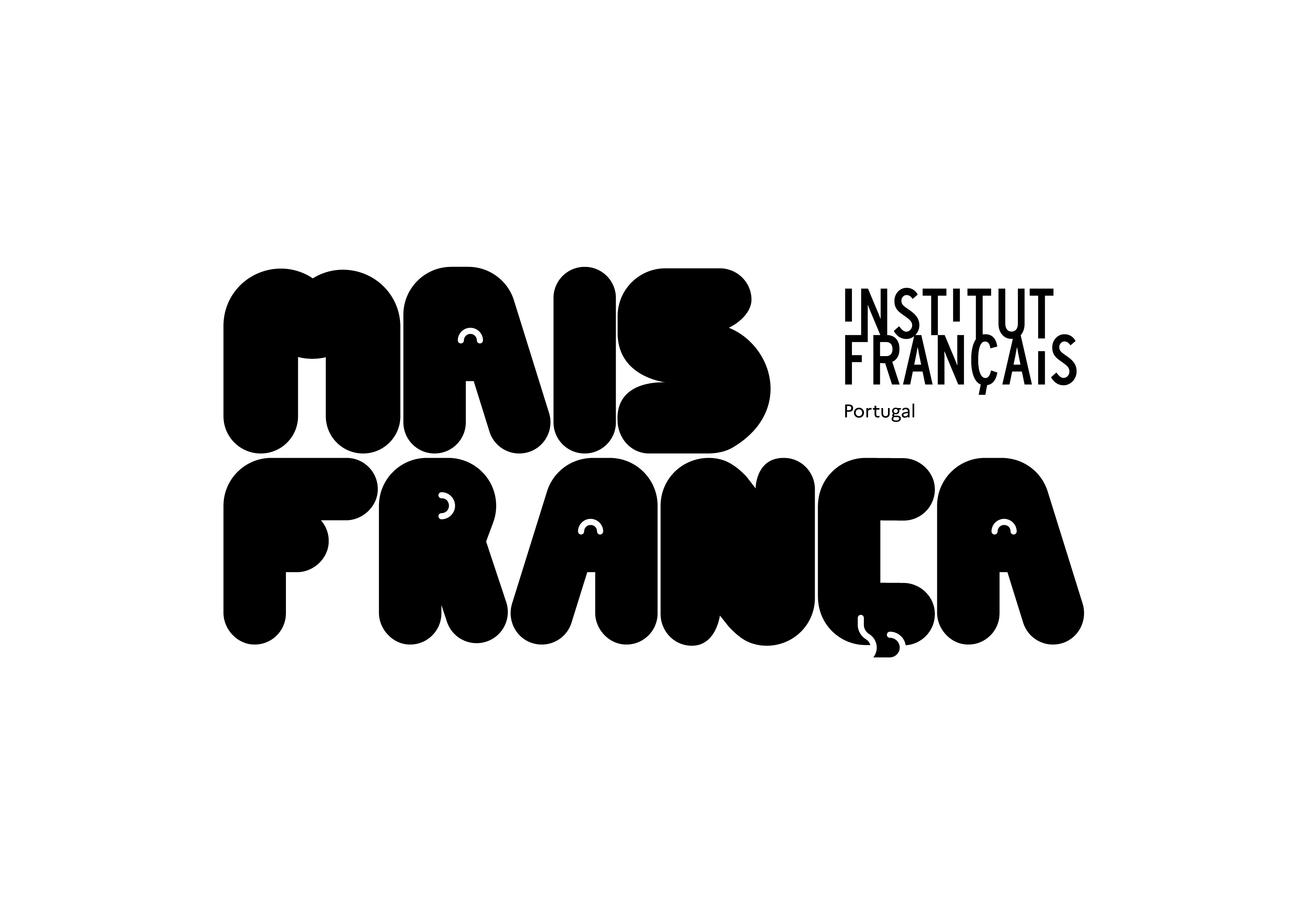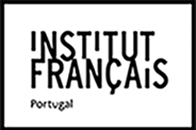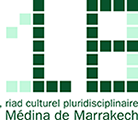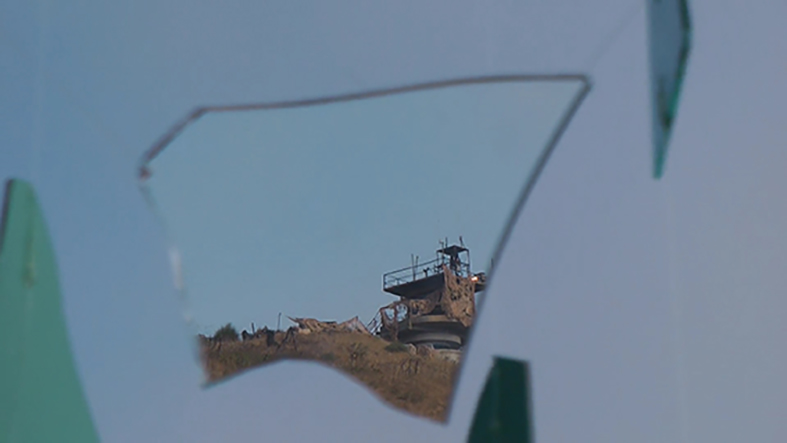
… and elsewhere
Uma câmara pousada numa linha de fronteira: na abertura deste programa, Randa Maddah, no seu filme
In View, coloca a sua câmara numa linha de cessar-fogo, uma linha da História, diante da sua casa no planalto do Golan. Ela difrata-a, projeta-a, decompõe-a no espelho como outras tantas possibilidades de considerar uma paisagem ligada a uma ocupação. A continuação deste programa segue esta linha rumo a Beirute, com The History of Milk and Honey da artista Basma al-Sharif que interroga o modo de escrever histórias na História, com imagens, com narrativas inventadas e como compartilhá-las. Com Larissa Sansour, a história da Palestina transforma-se em ficção científica: Nation Estate. E para terminar, Marwa Arsanios com Have You Ever Have Killed a Bear or Becoming Jamila debruça-se sobre uma militante do FLN, o movimento armado pela descolonização da Argélia e explora o potencial icónico das figuras históricas, por mais controversas que sejam. Basma al-Sharif
Estes filmes foram selecionados na coleção do CNAP (Centre National des Arts Plastiques). Herdeira da coleção nacional da Revolução Francesa, a coleção do CNAP compreende mais de cem mil obras, parte das quais está depositada em museus franceses. A composição foi alargada de modo a incluir novas tendências na arte contemporânea.
No momento em que são selecionados estes filmes da impressionante coleção do CNAP, manifestar apoio ao povo palestiniano, denunciar o massacre de populações civis e apelar ao respeito do direito internacional, acarreta, para numerosos sindicalistas, militantes e pesquisadores em França uma convocação policial ou um processo judicial por “apologia do terrorismo”. Mais do que nunca, as obras de arte ajudam-nos a pensar a História, a discuti-la, pô-la em perspetiva na sua imensa e dolorosa complexidade. (Marie Voignier)
com o apoio do CNAP e do Institut Français no âmbito do programa MaisFrança.

